You are currently viewing SemiWiki as a guest which gives you limited access to the site. To view blog comments and experience other SemiWiki features you must be a registered member. Registration is fast, simple, and absolutely free so please,
join our community today!
WP_Term Object
(
[term_id] => 157
[name] => EDA
[slug] => eda
[term_group] => 0
[term_taxonomy_id] => 157
[taxonomy] => category
[description] => Electronic Design Automation
[parent] => 0
[count] => 3902
[filter] => raw
[cat_ID] => 157
[category_count] => 3902
[category_description] => Electronic Design Automation
[cat_name] => EDA
[category_nicename] => eda
[category_parent] => 0
[is_post] =>
)
Finite state machines (FSMs) are a very convenient way of describing certain kinds of behavior. But like any other aspect of design, it is important to get everything right. Since finite state machines have been formally studied, there is a lot of knowledge about the types of bugs that a finite state machine might exhibit.
When flipflops… Read More
The open source types say it all the time: open is better when it comes to operating systems. If you’re building something like a server or a phone, with either a flexible configuration or a limited lifetime, an open source operating system like Linux can put a project way ahead.
Linux has always started with a kernel distribution,… Read More
The big three EDA companies all have Custom IC and AMS tool flows as shown in the following comparison table:… Read More
In 2003 Mentor acquired a company doing wiring harness design. Being a semiconductor guy this wasn’t an area I’d had much to do with. But more than most semiconductor people I expect.
But back when I was an undergraduate, I had worked as a programmer for a subsidiary of Philips called Unicam that made a huge range of spectrometers… Read More
3D Memoriesby Paul McLellan on 09-02-2012 at 4:42 pmCategories: Ansys, Inc., EDA
At DesignCon earlier this year, Tim Hollis of Micron gave an interesting presentation on 3D memories. For sure the first applications of true 3D chips are going to be stacks of memory die and memory on logic. The gains from high bandwidth access to the memory and the physically closer distance from memory to processor are huge.
Micron… Read More
EDA software for IC and system design became a commercial business in the early 1980s. In those days, 3 companies – Daisy Systems, Mentor Graphics, and Valid Logic Systems – dominated the emerging EDA industry. However, two small startups that emerged in the early 1980s grew rapidly and merged to form Cadence Design Systems in 1988.… Read More
OASIS is a hierarchical IC file format used for IC designs that is gradually replacing GDS II throughout the mask data stages. The compelling reason for using OASIS has always been the reduction of file size, and speed up of processing times through the use of hierarchy and fewer translation steps.
At the 45nm node an actual M1 layer… Read More
Last week I reviewed Chapter 1 in the new book: Mixed-Signal Methodology Guide, and today I finish up my review of Chapters 2 through 11. You can read the entire book chapter by chapter, or just jump directly to the chapters most related to your design role or project needs. With multiple authors I was impressed with the wide range of… Read More
Last week I reviewed Chapter 1 in the new book: Mixed-Signal Methodology Guide, and today I finish up my review of Chapters 2 through 11. You can read the entire book chapter by chapter, or just jump directly to the chapters most related to your design role or project needs. With multiple authors I was impressed with the wide range of… Read More
Assertion Synthesisby Paul McLellan on 08-28-2012 at 2:46 pmCategories: EDA
In June, Atrenta acquired NextOp, the leader in assertion synthesis. So what is it?
Depending on who you ask, verification is a huge fraction, 60-80%, of the cost of an SoC design, so obviously any technology that can reduce the cost of verification has a major impact on the overall cost and schedule of a design. At a high-level, verification… Read More


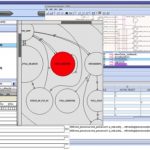

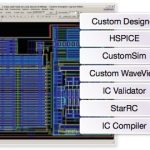
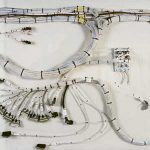
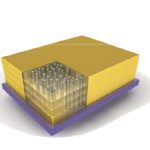

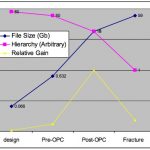
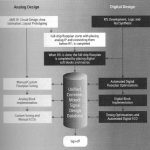
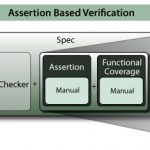
Huawei’s and SMIC’s Requirement for 5nm Production: Improving Multipatterning Productivity